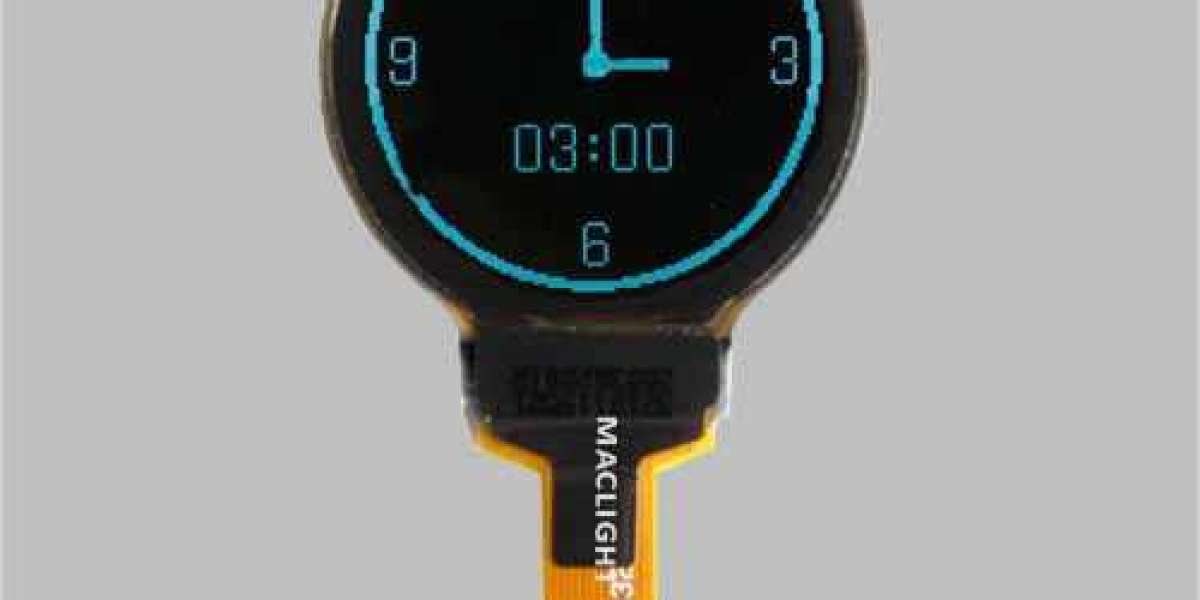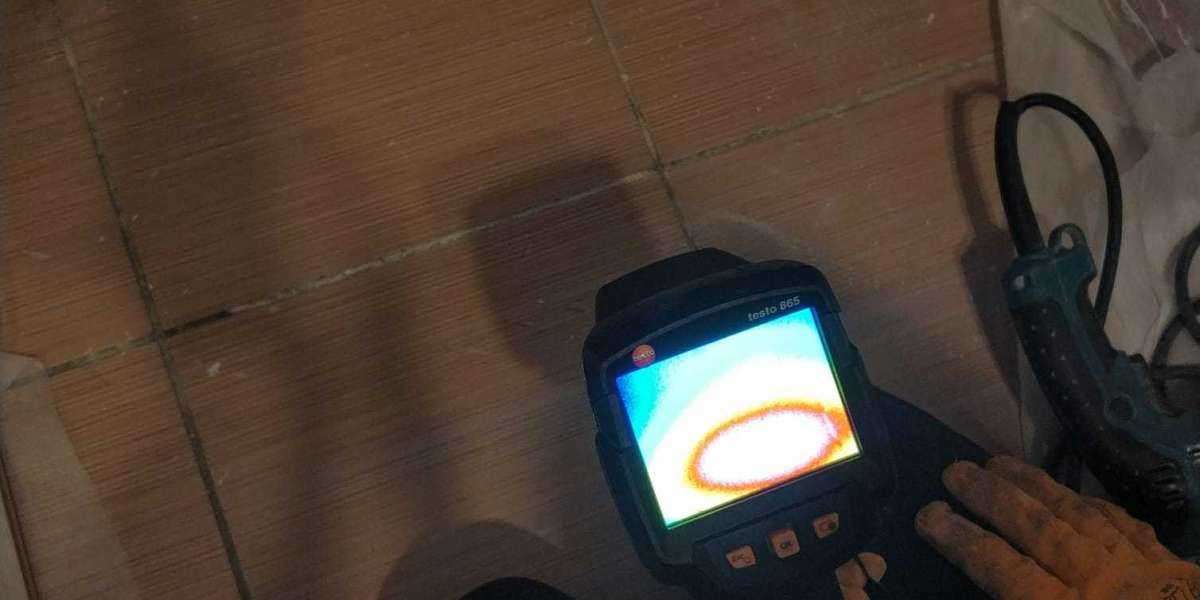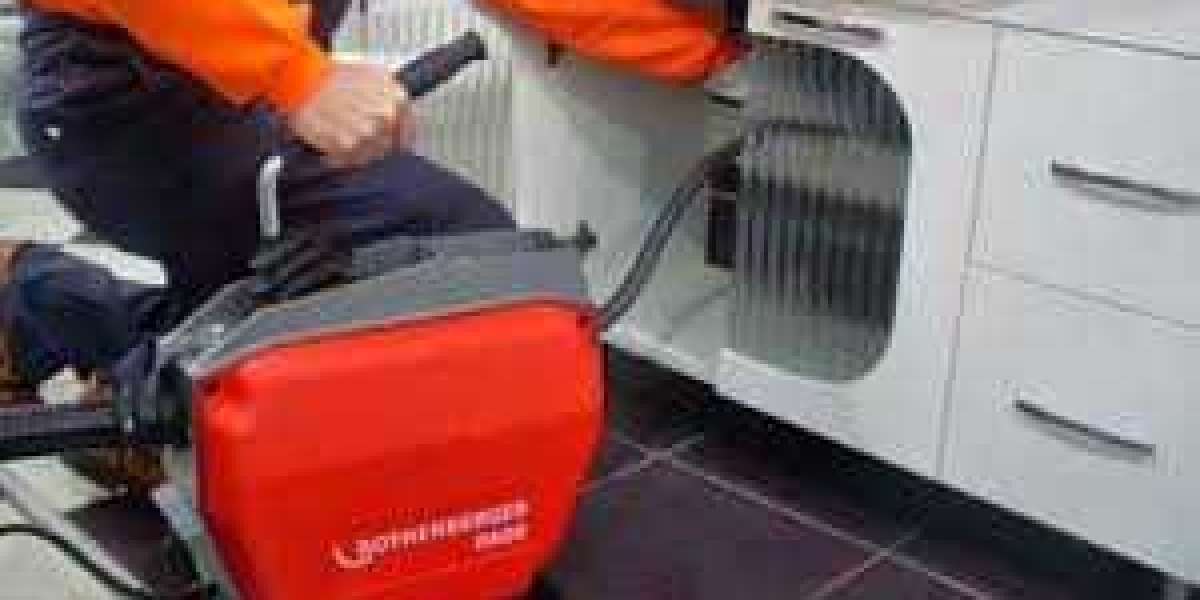Why is it absolutely necessary for the liquid crystal display (LCD) screen found in automobiles to have the ability to withstand high temperatures? Despite the fact that the screen on the mobile phone is significantly smaller, the LCD screen in the vehicle is the same size as the screen on the mobile phone. LCD displays for automobiles need to be able to function properly in high-temperature environments in addition to being able to function properly in low-temperature environments. Do you have an understanding of the reasoning behind why it is necessary for LCD screens that are installed in vehicles to be able to withstand both high and low temperatures? Because different users have very different preferences when it comes to the size of the screen. In addition to this, the environment in which the LCD screen of the vehicle is produced is extremely demanding. In addition, information is provided regarding the procedure that must be followed when selecting suppliers for the acquisition of LCD screens for automobiles. These screens display information in a digital format and are commonly found in modern vehicles.
1. Before we get started, it is absolutely necessary for each and every one of us to have a comprehensive understanding of the many different types of car display screens, which include the following:
The display type identifies the type of liquid crystal panel that is used in the display device that is used in the automobile
This information is specified by the display
These days, thin film transistor (TFT, which is an abbreviation for thin film transistor) liquid crystal color TV screens and thin film transistor liquid crystal displays, which are also frequently referred to as true color screens, are the most common types of display screens that are used
Citation needed Citation needed Citation needed Citation needed Citation needed Citation needed Citation needed In addition to this, there is a type of display that is referred to as a super twisted nematic display, which is also referred to as a pseudo-color screen
The letters STN stand for "super twisted nematic," which is an abbreviation
The market for mainstream displays is currently dominated by a display technology known as TFT, which has a commanding lead in the market at this time
Despite the fact that TFT LCD color TV screens and TFT LCD monitors both use TFT-type LCD panels, there are still significant differences between the two, and they each place a different emphasis on the design of their respective displays. These differences include the following:The following is an example of each of these variations:One illustration of each of these variants can be found in the following:Many TFT LCD color TV screens are optimized and designed specifically for TV playback so that they can accommodate TV viewing. This is done in order to accommodate TV viewing. This is done in order to facilitate the playback of television. This needs to be done in order for the video to be able to be viewed on a television. The imaging effects that they produce are superior to those that are produced by TFT LCD displays. They outperform TFT LCD displays in crucial technical metrics such as brightness, contrast, viewing angle, and response time. It shouldn't come as a surprise that the price and cost of the TFT liquid crystal display will be noticeably higher than that of the TFT liquid crystal display. However, it is important to note that the TFT liquid crystal display has a larger screen size. On the other hand, the expense of the TFT liquid crystal display is significantly higher.

The second reason why the liquid crystal display (LCD) screen that is installed in the vehicle must be resistant to both extremely high temperatures and extremely low temperatures is as follows:
To begin, the automotive industry is well-known for having a reputation for having a reputation for having a reputation for having a reputation for having a reputation for having a reputation for having a reputation for having a reputation for having a reputation for having relatively challenging working conditions. Automobiles are indispensable for work around the clock and in a wide variety of climates and seasons because they can transport workers quickly and easily. This is true whether it is the morning, the evening, the spring, the summer, or the fall. Even the season has no bearing on its applicability. The interior of a car is frequently exposed to direct sunlight during the warmer months of the year, which can cause the temperature to rise to more than 60 degrees Fahrenheit. This is especially common during the summer months. It is of the utmost importance that every electronic component of the vehicle be able to perform normally in conjunction with the other components of the vehicle. LCD screens of the standard variety are incapable of functioning in certain northern locations due to the extremely low temperatures that are typical during the winter months in those areas. This is due to the fact that it is winter. It is necessary to have liquid crystal displays that are resistant to both high temperatures and low temperatures in order to be able to provide drivers with driving information and to escort drivers in these conditions.
3. The protocols that must be adhered to in order to successfully organize international safety tests
Every component of the vehicle is required to first complete strenuous testing that lasts for the full ten days before it can be put into service. If it passes this test, oled manufacturers in China can then be put into service. This is due to the extremely stringent regulations that are included in the national standard. During this time frame, it will be possible to conduct a precise analysis of the degree to which the testing device is performing as expected.
The incorporation of screens that use liquid crystal display (LCD) technology into motor vehicles presents an opportunity for technological progress, which brings us to our fourth and final point.
It is necessary for the high-brightness LCD screen to be able to be viewed in extremely bright direct sunlight, and it also needs to be waterproof. This is despite the fact that the screen can continue to function normally in environments that have extremely high temperatures. In addition, the graphics processing unit (GPU) as well as the display screen of the OLED module will generate heat while it is being used. A further point to consider is that the temperature of the LCD screen will rise in direct proportion to the number of pixels per inch that it is capable of displaying. As a result of this, the manufacturing of a variety of hardware products that are suitable for installation in motor vehicles presents a significant challenge from a technological point of view. This challenge can be broken down into three categories:As a direct consequence of this, the expression "suitable for installation in motor vehicles" is utilized quite frequently. The resolution of LCD screens, which can be found in mobile phones, computers, televisions, and a variety of other electronic devices, is noticeably higher than that of displays found in automobiles, which have a resolution that is relatively low. LCD screens can be found in a variety of electronic devices, including:
The LCD screens themselves are maturing at a faster and faster rate as a direct result of developments in the underlying technology that makes them possible. It is anticipated that this rate will quicken in the not-too-distant future. In addition to this, the installation of screens that use liquid crystal display technology (LCD) is becoming increasingly common in automobiles. The requirements that the automotive industry places on its working environments are always being updated, but the LCD screen is able to completely satisfy all of those updated requirements. The malleability of the screen enables the possibility of this to become a reality. The advent of the liquid crystal display (LCD) screen was directly responsible for a significant sea change in the applications that are used in automobiles. This change was a sea change for the better. The introduction of LCD screens was directly responsible for this shift in behavior. The rate of progress toward the creation of vehicle LCD screens will quicken to a very rapid pace and quicken to an extremely rapid pace as a direct consequence of the scientific and technological developments that have taken place over the course of the past few years. These developments have taken place over the course of the past few years.








